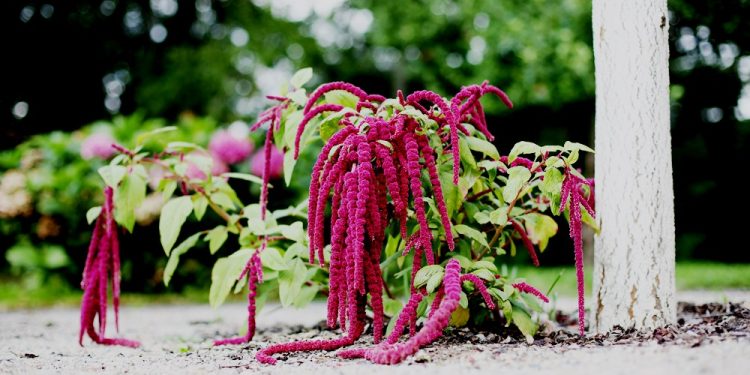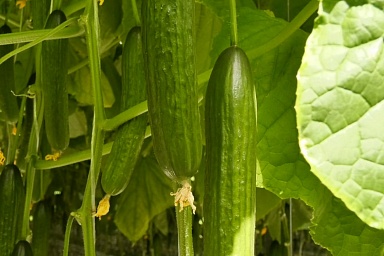Amaranthus caudatus, also known as Love-lies-bleeding, is an ancient grain with many modern benefits. This article explores the nutritional value, cultivation, and uses of Amaranthus caudatus in agriculture.
Amaranthus caudatus is an ancient grain that has gained renewed interest in modern times due to its nutritional value and adaptability to different environments. According to a study published in the journal Food Science & Nutrition, Amaranthus caudatus has a high content of protein, fiber, minerals, and antioxidants that make it a valuable addition to a healthy diet. It is also a drought-tolerant crop that can be grown in arid and semi-arid regions, making it a potential source of food security in areas with limited water resources.
In agriculture, Amaranthus caudatus can be used for various purposes, including as a cover crop, a fodder crop, and a grain crop. As a cover crop, it helps to prevent soil erosion, suppress weeds, and improve soil fertility. As a fodder crop, it provides a nutritious feed for livestock, while as a grain crop, it can be used for human consumption, such as in the production of flour, breakfast cereals, and snacks.
In conclusion, Amaranthus caudatus is a versatile crop with many nutritional and agronomic benefits. Its cultivation can contribute to food security, soil conservation, and sustainable agriculture. As farmers and agricultural experts explore ways to improve the resilience of agricultural systems, Amaranthus caudatus may become an increasingly important crop in the years to come.
#AmaranthusCaudatus #LoveLiesBleeding #ancientgrains #nutrition #sustainableagriculture #foodsecurity #soilconservation











